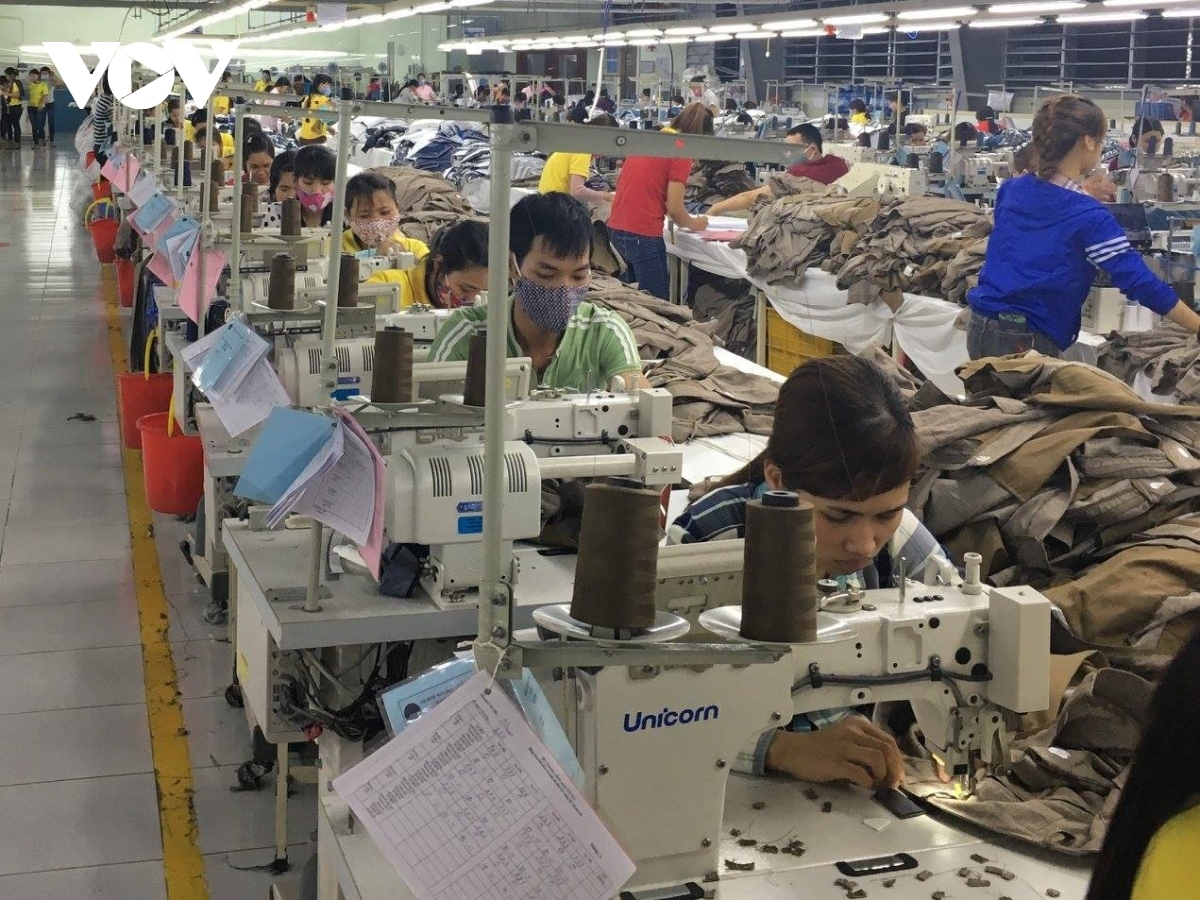New-generation FTAs represent growth drivers for Vietnamese exports in 2022
The effective implementation of new-generation free trade agreements (FTAs) can considered as the driving force behind fulfilling the export target of over US$356 billion set for this year.
Moving forward, import-export activities this year are projected to see robust growth as the demand for goods on the global market increases, according to industry insiders.
In fact, several economies continue to deploy stimulus packages aimed at directly supporting people impacted by COVID-19, thereby promoting the import of goods, including those from the Vietnamese market.
Competitive advantages from FTAs
The Ministry of Industry and Trade (MoIT) has identified the effective implementation of FTAs that have come into force as one of the key tasks for the year ahead.
In particular, the MoIT also emphasized the necessity of utilizing opportunities from FTAs, such as the EU–Vietnam Free Trade Agreement (EVFTA), the Comprehensive and Progressive Agreement for Trans-Pacific Partnership (CPTPP), and the Regional Comprehensive Economic Partnership (RCEP), to promote the diversification of markets and export products, restructure export industries, as well as boosting exports through digital platforms.
Deputy Minister of Industry and Trade Tran Quoc Khanh said that FTAs, especially new generation ones, have gone through their initial stages of implementation, which has contributed to helping businesses gradually adapt to their various commitments and creating a roadmap for tax reduction and elimination.
These moves have created additional competitive advantages in which Vietnamese goods can penetrate partner markets with preferential tariffs, whilst also accelerating export growth.
“The price of export goods tends to increase, especially Vietnamese advantageous products, which will be an important driving force to increase the export value in the time to come.
The EVFTA, CPTPP, UK-Vietnam Free Trade Agreement (UKVFTA), and the RCEP, which became effective from January 1, 2022, are expected to create a stable and long-term export market for ASEAN member countries in general and Vietnam in particular,” the MoIT representative emphasized.
Sharing the view of the need to maximize the benefits from new generation FTAs, Pham Quynh Mai, deputy director of the Multilateral Trade Policy Department, stressed that the RCEP is the world’s largest FTA, with a market featuring 2.3 billion consumers and accounting for roughly 30% of the world’s population, equivalent to approximately 30% of global GDP.
“The biggest benefit from the trade pact is to create a single set of rules of origin for the entire ASEAN member states and four other partner countries. Thanks to that, businesses will not have to gain more insights into various regulations in the rules of origin set by agreements,” Mai said.
Incentives from these FTAs are the most important factors in helping firms remain resilience and overcome COVID-19 challenges, said Ha Phuoc Loc, deputy director of the Da Nang Rubber Company, noting that FTAs have brought greater export opportunities for Vietnamese enterprises, thus creating competitive advantages for them in the global playing field.
A shift from export quantity to quality
With high expectations placed on the incentives of FTAs for timber and wood exports in 2022, Le Minh Thien, chairman of Binh Dinh Timber and Forest Products Association, expressed his wish that state management agencies will create favourable conditions for the business community to enjoy enough time to adapt and comply with all regulations and requirements. This will be in accordance to the roadmap for abiding by the FTAs’ commitments, especially the EVFTA.
This year is set to see local firms continue to face numerous difficulties, such as a shortage of shipping vessels leading to an increase in logistics and input material costs.
Thien underscored the need to receive active support from the Government, the MoIT, and related ministries to remove hurdles in seaport infrastructure. Indeed, this can be done by reducing various fees in the maritime field, whilst also increasing the number of containers and ships to minimize sea freight rates for routes to the United States, the UK, and the EU.
Nguyen Cam Trang, deputy director of the Import-Export Department, also underscored the importance of the efforts of enterprises in improving general competitiveness to create advantageous products that fully meet the requirements of the import market, thereby taking advantage of incentives from FTAs.
Deputy Minister Khanh pointed out that the MoIT will co-ordinate alongside relevant agencies to complete the trade infrastructure, strengthen connectivity to circulate goods for production, and boost export activities as well as reducing logistics costs.
Simultaneously, the Ministry will closely co-ordinate efforts with border provinces to facilitate customs clearance for import and export goods at the border gate area between Vietnam and China, especially for agricultural and aquatic products.
Le Quoc Phuong, former deputy director of the Center for Industry and Trade Information, said the key to sustainable exports is to switch from quantity to quality.
In order to achieve this goal, Phuong underlined the importance of strongly developing supporting industries, increasing the localization rate, ramping up trade promotion, diversifying export markets, making good use of FTAs, simplifying administrative procedures, and improving the business environment for enterprises.
Source: VOV


 English
English




